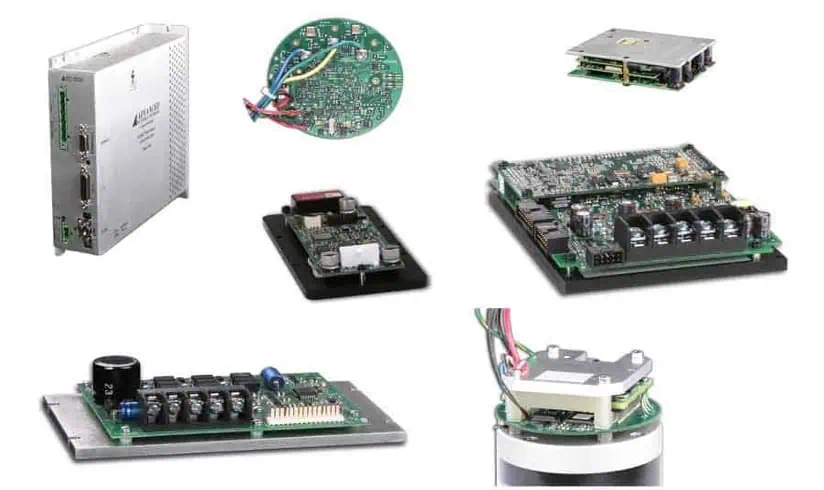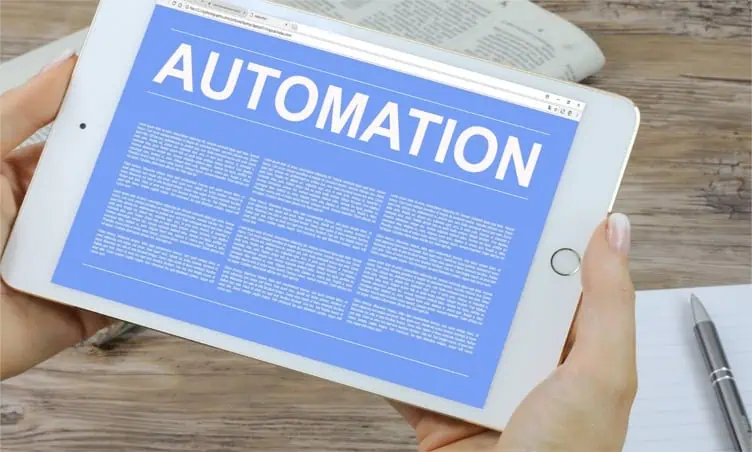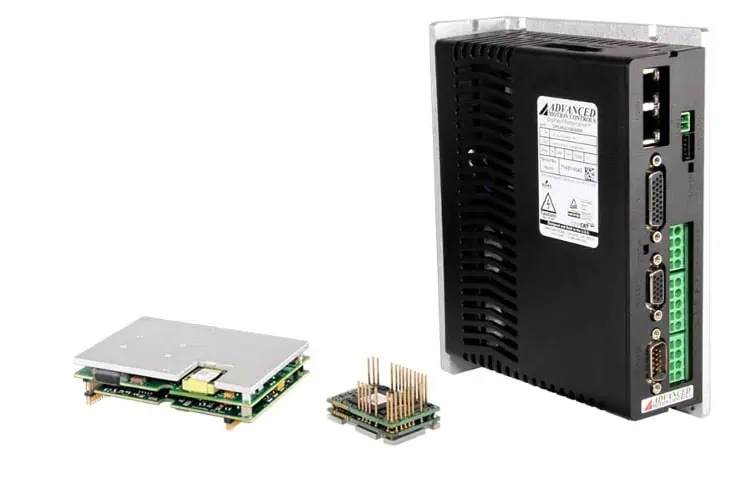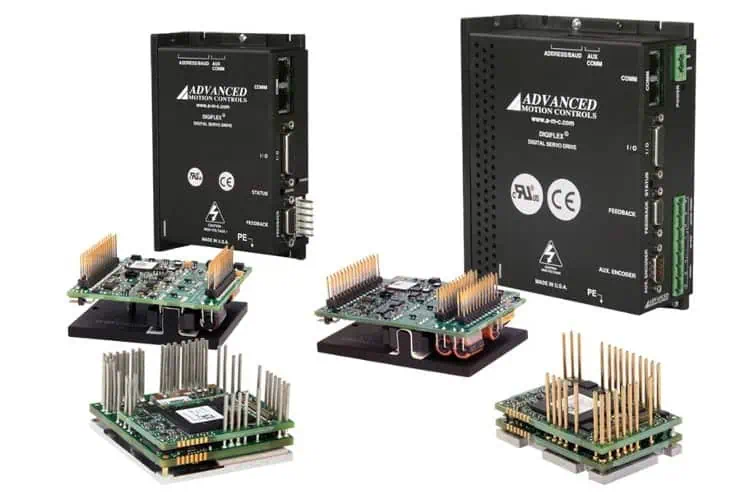In the ever-evolving landscape of industrial automation, the integration of advanced technologies has become a cornerstone for achieving unparalleled efficiency and productivity.
Among these technologies, servo drives stand out as pivotal components, essential for the sophisticated operation of automated systems. This comprehensive article delves into the intricacies of servo drives, their operational principles, and their indispensable role in automation, providing valuable insights for professionals navigating this dynamic field.
At the heart of modern automation technology lies an unsung hero: the servo drive. This critical component serves as the bridge between control systems and physical motion, enabling the precise control of machinery and equipment.
In essence, servo drives are the conductors of the automation orchestra, orchestrating the movements of machines with unparalleled precision and reliability.
What Are Servo Drives and How Do They Work?

Servo drives, often referred to as servo amplifiers, are sophisticated devices designed to regulate the motion of electric servo motors. Their primary function is to receive a low-power command signal and amplify it into a higher-power current or voltage to drive the motor. This process is fundamental to the execution of complex and precise movements in automated systems.
The Components of a Servo Drive
- Controller: The brain of the operation, issuing commands.
- Motor: Converts electrical energy into mechanical movement.
- Encoder: Provides feedback on the motor’s position.
- Power Supply: Fuels the system with the necessary power.
- Drive Amplifier: Amplifies the control signals to drive the motor.
The Principle of Operation
The magic of servo drives lies in their ability to operate within a closed-loop feedback system. This means that they continuously receive feedback from the motor’s encoder, allowing for real-time adjustments to ensure accuracy and precision. This feedback loop is what sets servo drives apart, enabling them to achieve the high levels of control required in automation.
Types of Servo Drives
Servo drive manufacturers offer a variety of models, each designed for specific applications. From analog to digital, and from pulse width modulation (PWM) to linear servo drives, the diversity allows for their integration into a wide range of automated systems, catering to specific needs and challenges.
Why Are Servo Drives Crucial in Automation?

The significance of servo drives in automation cannot be overstated. They are the linchpins that ensure the high precision, efficiency, and flexibility of automated systems.
Precision and Accuracy
Servo drives are instrumental in achieving the pinpoint precision and accuracy required in many automated processes. Whether in CNC machining or robotic assembly, the ability to execute movements precisely is paramount.
Efficiency and Productivity
By optimizing the performance of motors and machinery, servo drives significantly enhance the efficiency and productivity of automated systems. Their role in reducing cycle times and increasing throughput is crucial for competitive manufacturing and production processes.
Flexibility and Adaptability
The versatility of servo drives allows for their application across a broad spectrum of industries and tasks. This adaptability makes them invaluable components in the design and implementation of flexible automation solutions.
Where Are Servo Drives Used in Automation?
Servo drives find their application in numerous industries, underscoring their versatility and importance.
Manufacturing Industry
- CNC Machining: Precise control of cutting tools.
- Packaging: High-speed, accurate packaging processes.
- Textiles: Control of spinning and weaving machines.
Robotics
From industrial robotic arms to autonomous vehicles, servo drives are key to the precise and efficient operation of robotics, enabling complex movements and tasks.
Medical Devices
In the medical field, servo drives play a critical role in the operation of devices such as surgical robots and diagnostic equipment, where precision is a matter of utmost importance.
How Do Servo Drives Improve Automation Processes?

Servo drives enhance automated systems in several key areas, further solidifying their role as essential components.
Enhancing Machine Performance
By enabling precise control over speed, position, and torque, servo drives significantly enhance the performance and capabilities of machinery and equipment.
Reducing Downtime
The reliability and accuracy of servo drives contribute to minimizing downtime in automated processes, directly impacting productivity and operational efficiency.
Energy Efficiency
Modern servo drives are designed with energy efficiency in mind, contributing to more sustainable automation practices and reducing operational costs.
Challenges and Solutions in Implementing Servo Drives
While the benefits of servo drives are clear, their implementation can come with challenges, including compatibility issues, configuration complexities, and maintenance demands. However, with careful planning, these challenges can be overcome, ensuring the successful integration of servo drives into automation systems.
Future Trends in Servo Drive Technology

Emerging trends in servo drive technology, including IoT integration, advances in energy efficiency, and the miniaturization of components, promise to further enhance their role in automation, paving the way for even more advanced and efficient automated systems.
Step-by-Step Guide to Selecting the Right Servo Drive
Choosing the appropriate servo drive for an automation project is critical. Factors to consider include application requirements, power needs, environmental conditions, and compatibility with existing systems. This guide aims to simplify the selection process, ensuring the best fit for specific automation needs.
Case Studies: Successful Implementation of Servo Drives in Automation
Through a series of case studies, this section showcases successful applications of servo drives across various industries, providing insights into the challenges faced and the innovative solutions implemented.
Conclusion
Servo drives are undeniably crucial components in the realm of automation, offering the precision, efficiency, and flexibility required in today’s fast-paced industrial environment. As technology advances, their role is set to become even more pivotal, driving innovation and excellence in automated systems.
The future of automation is bright, with servo drives at its core, steering the way toward more sophisticated, efficient, and adaptable manufacturing and production processes.
Article and permission to publish here provided by Peter Yordanov. Originally written for Supply Chain Game Changer and published on April 12, 2024.
All images provided by Peter Yordanov.

